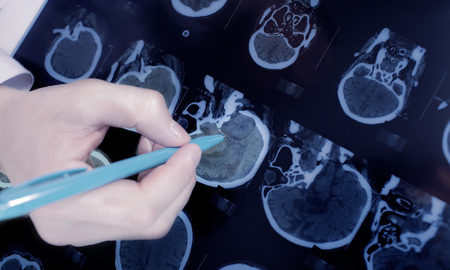New Research Paves Way for Parkinson’s Cure

Stem cell researchers at the Jacobs School of Medicine at the University of Buffalo have reproduced the brain oscillations seen in Parkinson’s disease in a petri dish in the laboratory. This new research will pave the way for new therapies and maybe even a potential cure for Parkinson’s. The findings were published in the online journal Cell Reports.
New Research Paves Way for Parkinson’s Cure
By reproducing the neuronal misfiring that occurs in patients with Parkinson’s, the researchers hope to speed up the discovery of new treatments and a potential cure for the disease. The study will help scientists gain a better understanding of the molecular basis of the disease.
Abnormal oscillations in the brains of Parkinson’s patients were first noted many decades ago when neurosurgeons noted rhythmic activity during electrode stimulation. The coordinated movement of the body is accomplished by the contraction and relaxation of muscles, a process that is exquisitely controlled by the basal ganglia in the human brain.
Stem Cell Research on Parkinson’s Disease
The team obtained skin cells from patients with Parkinson’s disease and used them to generate induced pluripotent stem cells in the laboratory. Parkinson’s is caused by abnormal neurotransmission due to insufficient dopamine, a chemical that is critical for normal movement.
When electrical activity was recorded in the neurons from Parkinson’s patients, the abnormal oscillations were clearly evident. This repetitive communication between neurons is not observed in healthy cells. It can be likened to stuttering, says Jian Feng, Ph.D. Professor of Physiology and Biophysics. Instead of transmitting useful information, the instructions transmitted are “nonsense.” To confirm their findings, the team corrected the mutation with the help of a virus. As soon as the neurons had a normal parkin gene, the abnormal oscillations disappeared. The tedious research involved culturing the neurons for 100 days with a change in culture medium every couple of days.
New Drugs for Parkinson’s Disease
The findings offer a new way to screen drugs for efficacy in treating Parkinson’s disease. Scientists now have a laboratory scenario that replicates what goes on in the brains of people with Parkinson’s. Any drug that blocks the oscillations in the laboratory could be a potential treatment for the disease.
References:
- https://www.medicalnewstoday.com/releases/317291.php


